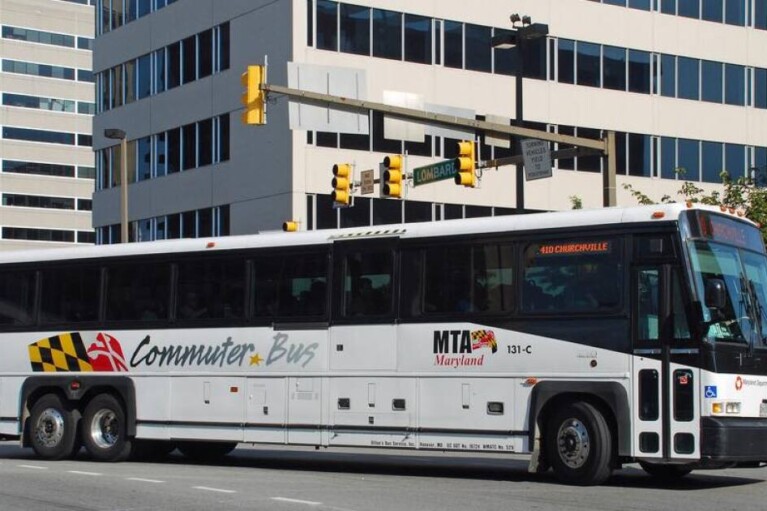Commentary: Will Maryland seize the opportunity to start caring for its care workers?

By David Rodwin
David Rodwin is the lead attorney of the Workplace Justice Project at the Public Justice Center, where he has spent the last eight years working to improve the quality of home care jobs. He is also the vice chair of the Board of the Maryland Regional Direct Services Collaborative. He can be reached at [email protected].
At this point, just about everyone knows that Maryland is facing an increasingly dire shortage of direct care workers — home care aides and workers at assisted living facilities, adult medical day facilities, and nursing homes. Last week the Maryland Regional Direct Services Collaborative organized a panel discussion about the near-total lack of data about Maryland’s direct care workers. There are tens of thousands of these workers, and our state is projected to need many thousands more of them in the coming years, with job openings projected to grow faster than almost any other occupation. Most of their critically important work is publicly funded through Maryland’s Medicaid program. And yet, as expert panelists explained, the state does not track, analyze, or publish almost any data about them. What little data we have — that they are mostly women, that they are generally paid less than $15 per hour — come mostly from very general federal surveys. Why?
Well, for one thing, Maryland’s home care aides are everywhere and nowhere: they are in every corner of every Maryland county, and yet the very nature of their work — done in private homes — means that they don’t gather at any one workplace. That makes it harder to see their struggle. For another, none are currently unionized. Gov. Martin O’Malley (D) helped create an “independent provider” Medicaid home care program under which a union collectively bargained on behalf of several thousand home care aides, but Gov. Larry Hogan (R) killed that program soon after taking office. Systemic sexism and racism also play a central role: 90% of these workers are women and about 70% of them are Black, and our society devalues work traditionally done by women — especially when it is associated with Black women.
Panelists during last week’s event described Maryland’s home care landscape as a “wild west” where almost anything goes, almost nothing is visible, and almost no abuse gets held to account. In the experience of the Public Justice Center providing workers’ rights training to hundreds of home care aides and representing dozens of them in court, the PJC estimates that at least half of Maryland’s home care workers face wage theft by the home care agencies that employ them, in the form of unpaid travel time or overtime wages. The Public Justice Center also estimates that at least a third are still illegally misclassified as independent contractors, denying them hard-fought safety net protections like earned sick leave, and leaving them burdened with “self-employment” taxes they can’t afford to pay. In a conversation about the issue, a high-level employee at the U.S. Department of Labor described the agency’s enforcement actions against Maryland’s home care agencies as a game of “whack-a-mole:” for every home care agency they take to court for unlawfully underpaying workers, three more pop up in its place.
This situation is neither sustainable nor just. But there is a way forward. The panelists last week — Dr. Chanee Fabius of the Bloomberg School of Public Health, Dr. Robyn Stone of LeadingAge, and Claudia Balog of 1199SEIU — pointed to things other states are doing that Maryland could do, too. For example, New York requires Medicaid-funded home care agencies to submit to the state’s Department of Health detailed cost reports showing how much workers are paid, publishes the information, and requires that home care aides be paid at least $17.20 or $18 per hour, depending on where in the state they live; Wisconsin’s health department collects similar information and publishes a dashboard with key information about the workforce; and Maine requires that these workers be paid at least 25% more than that state’s minimum wage, i.e., $17.25 per hour, and requires data collection to verify that pay. There are many more examples, too.
Maryland has a new administration. There are a great many opportunities for it to elevate the needs of our state’s direct care workers. Will it seize those opportunities? Tens of thousands of Maryland’s direct care and services workers — and an even greater number of older Marylanders and Marylanders with disabilities who depend on these workers for their independence — are eager to find out.




 Creative Commons Attribution
Creative Commons Attribution